
Pin by Chibi Petite 🌸 Chibi San 💮 on Anatomy mx Medical radiography
Look for disruption or a buckle in the cortex or any fracture fragments. They should all be smooth. The clavicle is a good bone to start with - it is by far the most common paediatric shoulder injury. Midshaft fractures account for 80% of clavicle fractures. Make sure there are no distal or medial fractures as they can often be subtle.

shoulder xray anatomy
Fig. 3.1. Anteroposterior shoulder radiograph. While achieving anteroposterior shoulder X-ray in neutral position, the patient is erect or in supine position. Central X-ray should be directed to 2.5 cm inferior to the coracoid process. Anteroposterior shoulder view allows assessment of especially the humeral head lesions and clavicular fractures.
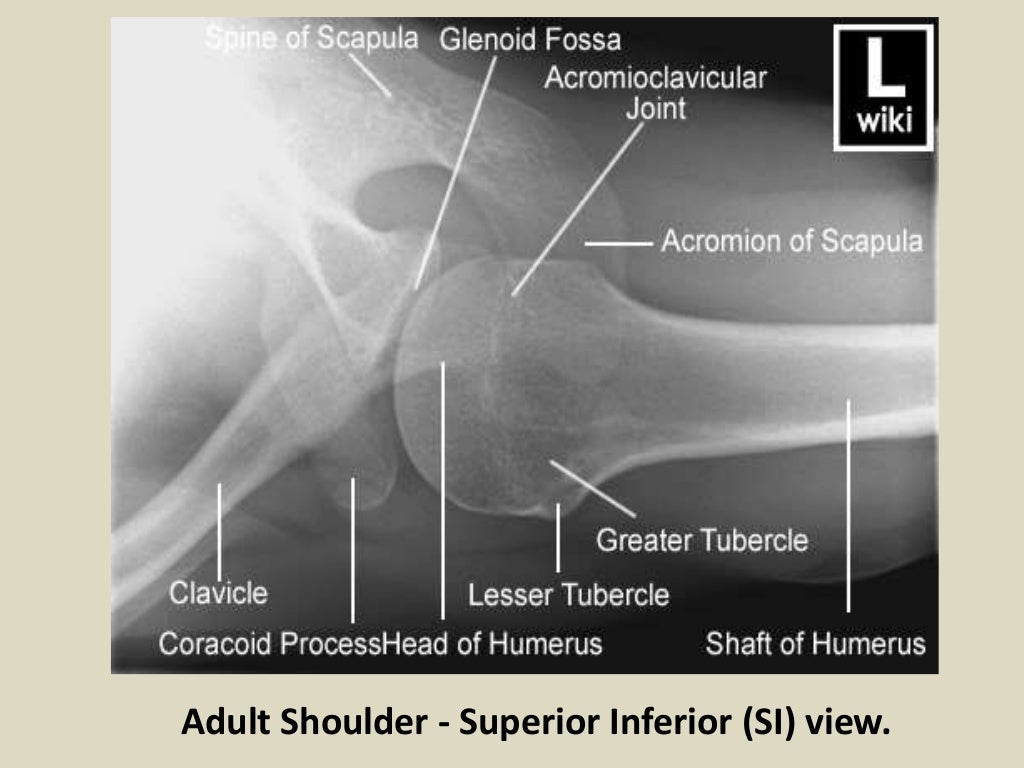
Presentation1.pptx, radiological anatomy of the shoulder joint.
A normal shoulder x ray will demonstrate the bones of the shoulder to have expected normal appearance without breaks, bone lesions, or abnormal bone structure. The head of the humerus or upper arm will be positioned within the socket of the shoulder. The clavicle will be aligned with the acromion or upper edge of the shoulder blade (scapula).

Pin on Anatomy Imaging
Shoulder: annotated projections.
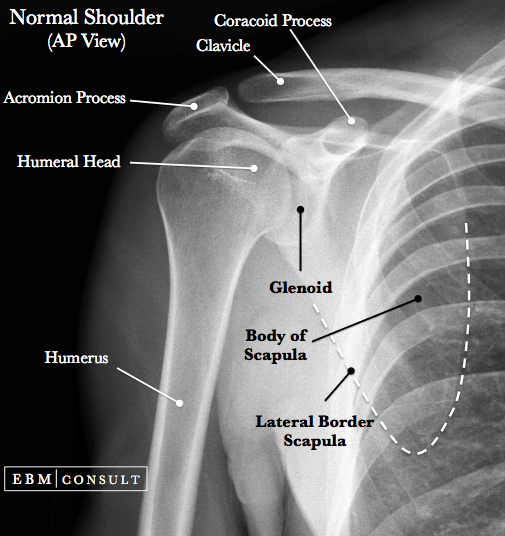
Anterior Shoulder Dislocation General Review
Macroscopic Functional Anatomy. The head and the glenoid fossa articulate in the shoulder joint (glenohumeral joint). Functionally, it is a ball-and-socket joint that enables movement in three degrees of freedom. The shoulder is the most mobile of the major joints. Its high mobility, together with its limited osseous embracement accounts for.
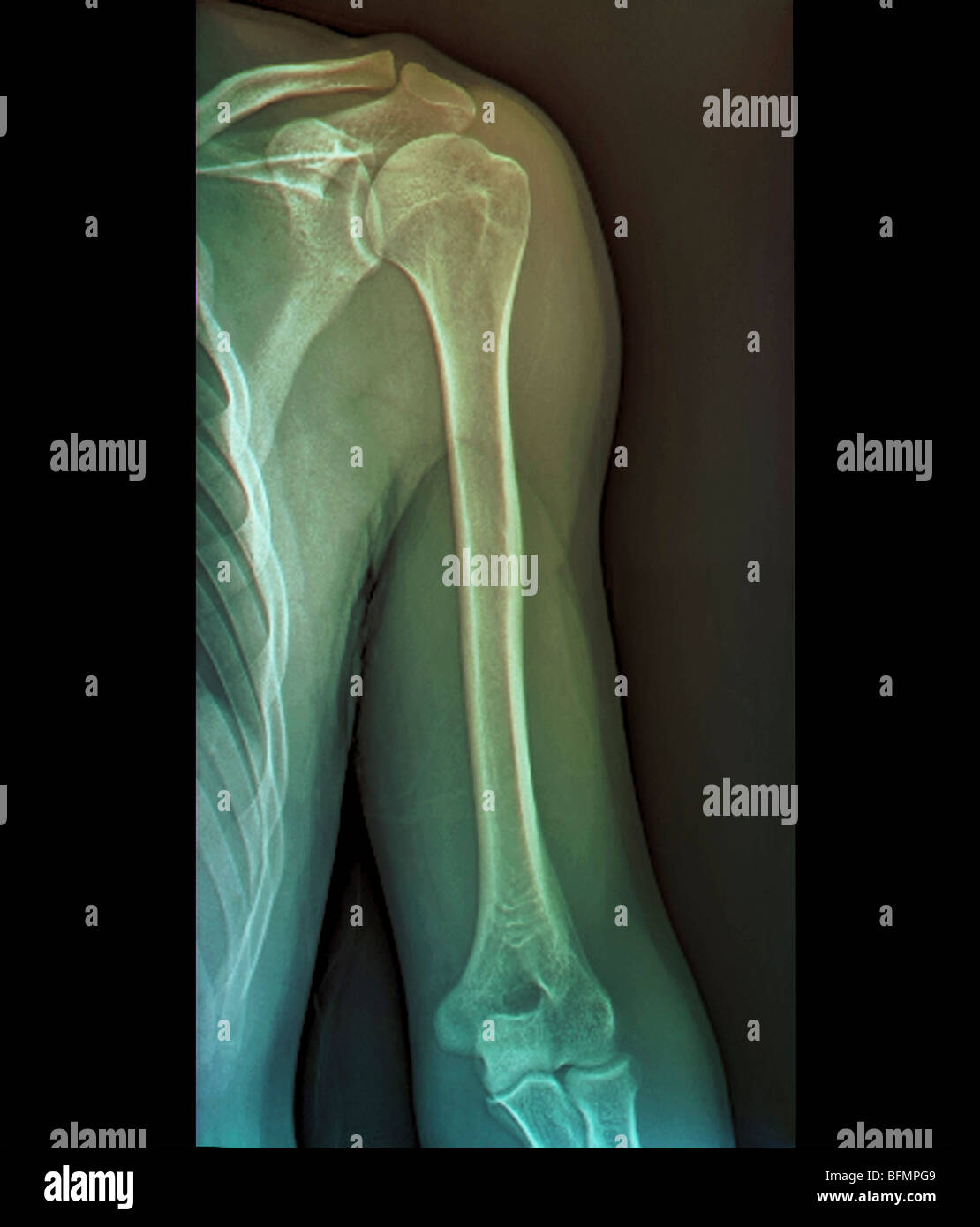
Normal Shoulder X Ray Left slidesharedocs
Description. Labeled Axial Shoulder X-Ray Anatomy by Dr. Naveen Sharma - theRadiologist @radiologistpage #Shoulder #XRay #Anatomy #clinical #radiology #labeled #msk #diagnosis #axial.

Pin by Stelios Daskalogiannis on ΩΜΟΣ Medical anatomy, Medical
Posterior shoulder dislocation. less than 5% of glenohumeral dislocations but often overlooked. common in adults following a seizure or in the elderly. humeral head forced posteriorly in internal rotation whilst arm is abducted. classically, the humeral head is rounded on AP - light bulb sign. associated with anteromedial fracture of humeral head.
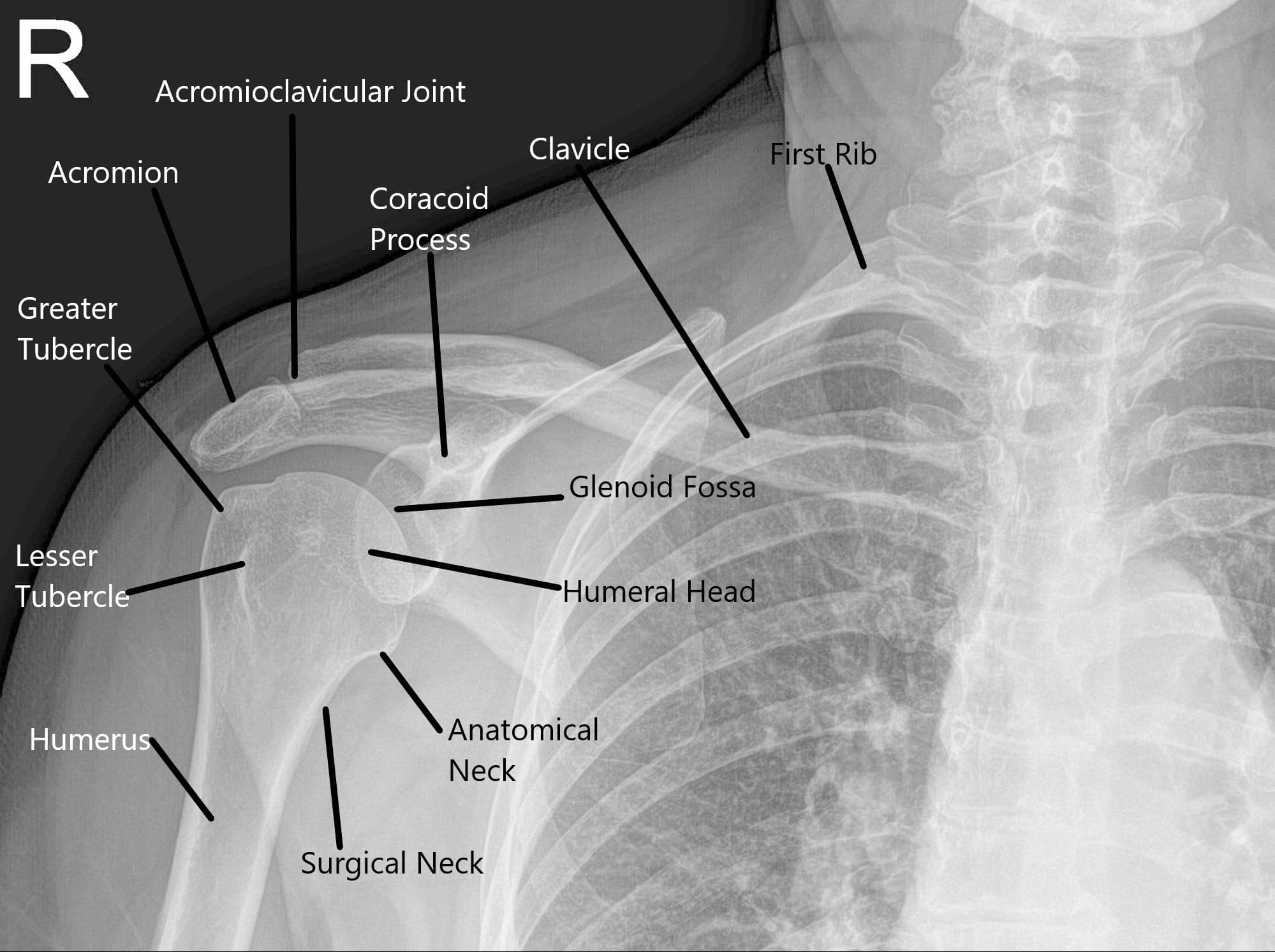
Snapping Shoulder Causes & Management Complete Orthopedics
Shoulder X-Ray. A shoulder X-ray uses radiation to take pictures of the bones and structures in your shoulder. Healthcare providers use a shoulder X-ray to diagnose conditions like broken bones, arthritis and dislocation. Shoulder X-rays are noninvasive and not painful. Contents Overview Test Details Results and Follow-Up.

Pin on Radiology
In order to identify pathology on shoulder plain films, an understanding of normal anatomy is essential. There are three main components of the shoulder radiography: the bones, the joints and soft tissue. The bones of the shoulder include the proximal humerus, the lateral clavicle, the ribs, and the scapula. The scapula is, in turn, subdivided.

Top Photos in Shoulder Joint XRay
Citation, DOI, disclosures and article data. The shoulder series is fundamentally composed of two orthogonal views of the glenohumeral joint including the entire scapula. The extension of the shoulder series depends on the radiography department protocols and the clinical indications for imaging.

Shoulder Xray Interpretation Radiology Geeky Medics
Gender: Male. Annotated image. Anatomy at the shoulder joint. The scapula articulates with the humerus and clavicle at the glenohumeral joint and coracoclavicular joints.

Shoulder Radiology Musculoskeletal Key
Citation, DOI, disclosures and article data. The shoulder AP view is a standard projection that makes up the two view shoulder series. The projection demonstrates the shoulder in its natural anatomical position allowing for adequate radiographic examination of the entire clavicle and scapula, as well as the glenohumeral, acromioclavicular and.
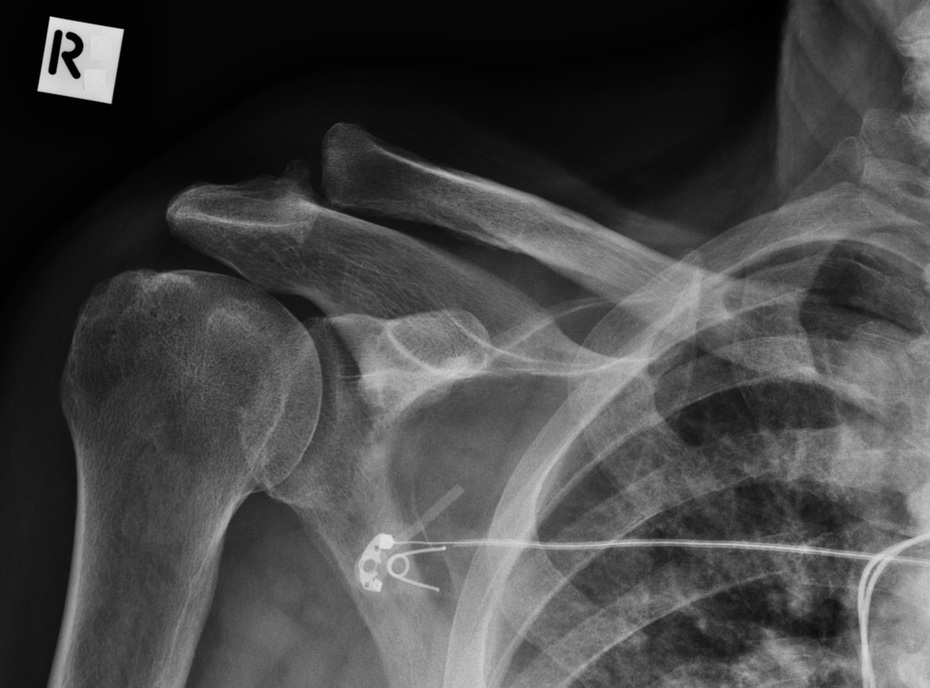
Shoulder XRay Right acromioclavicular joint dislocation radRounds
The lateral contour of the shoulder should be positioned in front of the film in a way that the longitudinal axis of the scapula continues parallel to the path of the rays. This view reveals: The horizontal centralization of the humerus head and socket. The osseous margins of the coraco-acromial arch and hence the supraspinatus outlet canal.

Scapula Anatomy Xray
Typical X-ray findings in posterior shoulder dislocation include: AP view: the glenohumeral joint will be widened and the humeral head will take on a classic "light bulb" appearance due to forced internal rotation of the humerus. Lateral view: the humeral head will lie posterior to the glenoid fossa. Figure 5.

Xray Vision Shoulders and Elbows — Taming the SRU Medical anatomy
This is a basic article for medical students and other non-radiologists. A shoulder series (or shoulder x-ray) is most frequently performed following trauma looking for evidence of fracture or dislocation.. Reference article. This is a summary article.For more information, you can read a more in-depth reference article: shoulder series. Summary

Xray Vision Shoulders and Elbows — Taming the SRU
This projection is a true anterior-posterior (AP) view of the shoulder. The Grashey view involves angling the beam laterally or rotating the patient posteriorly(2). These adjustments remove the view of the overlap between the humerus and the glenoid. The removal allows better evaluation of joint congruity, humeral head subluxation, and the.